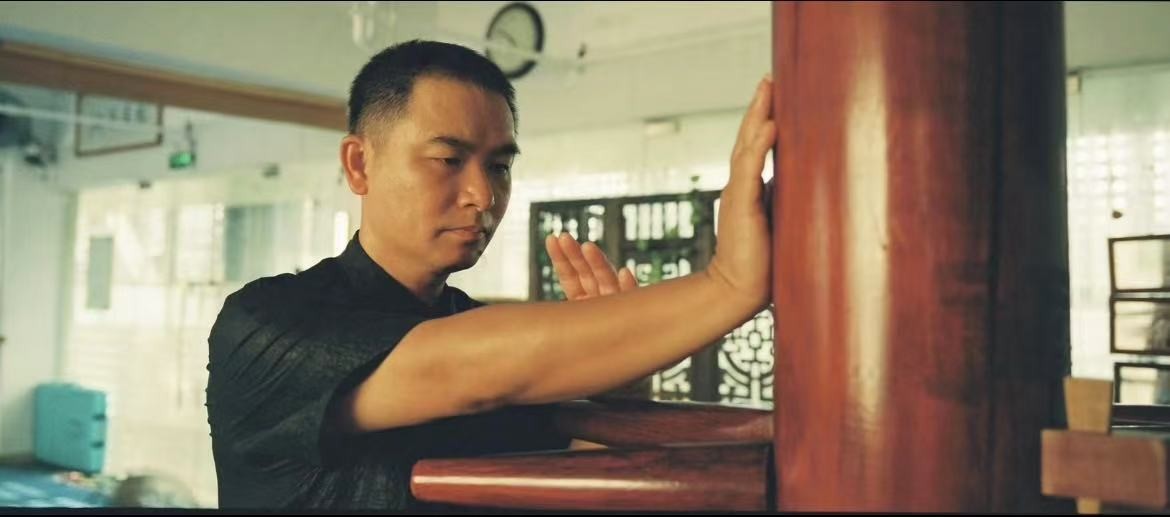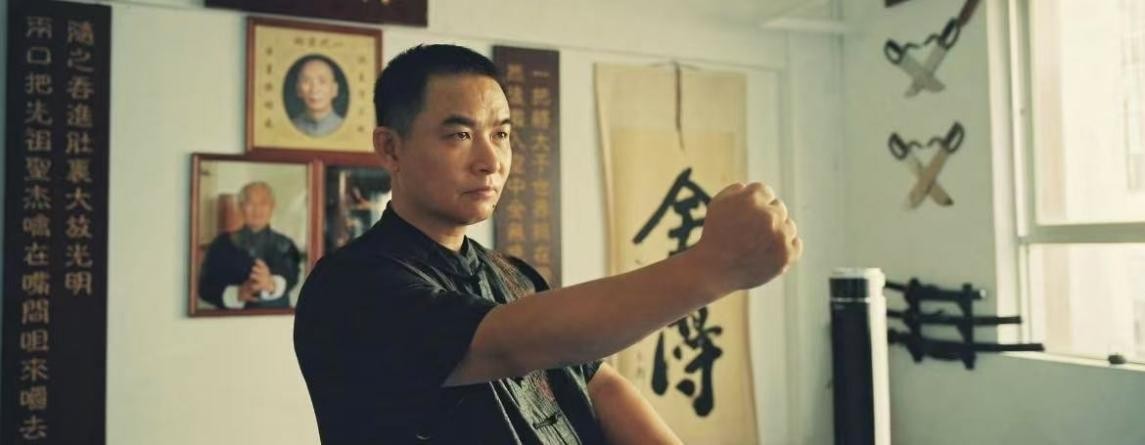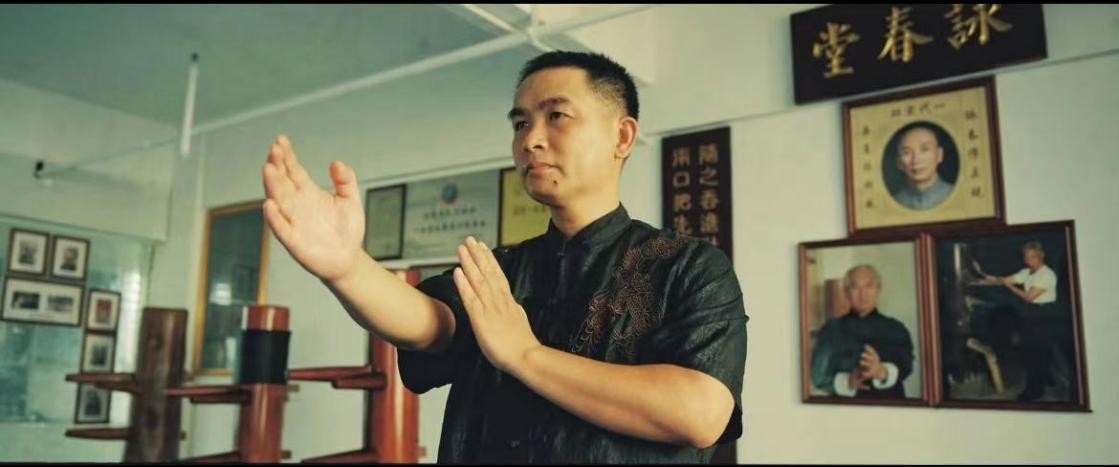Wing Chun Course Launching Soon!
Course Overview
Wing Chun is a classic representative of Southern Chinese martial arts, renowned for its practicality and efficiency. Legend has it that the style was founded by Yim Wing Chun and is distinguished by its close-combat adaptability, embodying the martial arts essence of "overcoming strength with softness." Combining power, speed, and technique, Wing Chun is a simple yet profound system that maximizes efficiency.
Whether you're a martial arts novice or someone seeking fitness and self-defense skills, Wing Chun offers a training method that blends cultural heritage with modern relevance. It not only allows you to appreciate the art of martial arts but also helps improve physical and mental health while boosting confidence.

Learning Goals
Wing Chun is suitable for a wide audience, offering both fun and practicality. Here are some groups who may particularly benefit from learning Wing Chun:
- Complete Beginners: Simple and easy to learn, requiring no prior martial arts experience, making it ideal for quick beginners’ entry.
- Traditional Culture Enthusiasts: Gain deeper insight into the essence of Chinese martial arts culture through Wing Chun practice.
- Fitness Seekers: Strengthen core muscles, flexibility, and coordination for a healthier and more energetic body.
- Self-Defense Learners: Master efficient and practical close-combat techniques to enhance your sense of security.
- Stress Relievers: Release negative emotions through regular training, improve mental well-being, and cultivate focus and confidence.
Key Course Features
- Unique Techniques: Wing Chun is famed for its agile, precise, and fast movements, featuring iconic techniques like Siu Nim Tau, Chi Sao, and Tan Sao.
- Softness Overcomes Strength: Emphasizes defeating opponents through skill rather than brute force, making it accessible to individuals of any physical build.
- Flow and Continuity: Features seamless movements that allow rapid transitions between attack and defense, highly practical in real-world scenarios.
- Core Principles: Utilizes the "centerline theory" to maintain balance and solve conflicts with minimal movement in close combat.
- Universal Accessibility: Suitable for all genders, body types, and ages, ensuring everyone can find a training style that works for them.

Historical and Cultural Background
Wing Chun's origins trace back to the late Ming and early Qing Dynasties. It was created by Yim Wing Chun, inspired by the principle of "the weak overcoming the strong," and later popularized by her disciples. In modern times, Grandmaster Ip Man became the iconic figure of Wing Chun, propelling the art to global recognition.
- Practicality and Inclusivity: Wing Chun has endured through centuries due to its adaptability. From an ancient self-defense weapon to a modern fitness and self-defense tool, it continues to evolve with the times.
- Cultural Significance: Wing Chun is a vital component of Chinese martial arts culture, with a profound global influence, bridging tradition and modernity, East and West.
- Iconic Representation: Wing Chun frequently appears in films as a symbol of martial arts excellence, captivating audiences with its distinctive charm.






